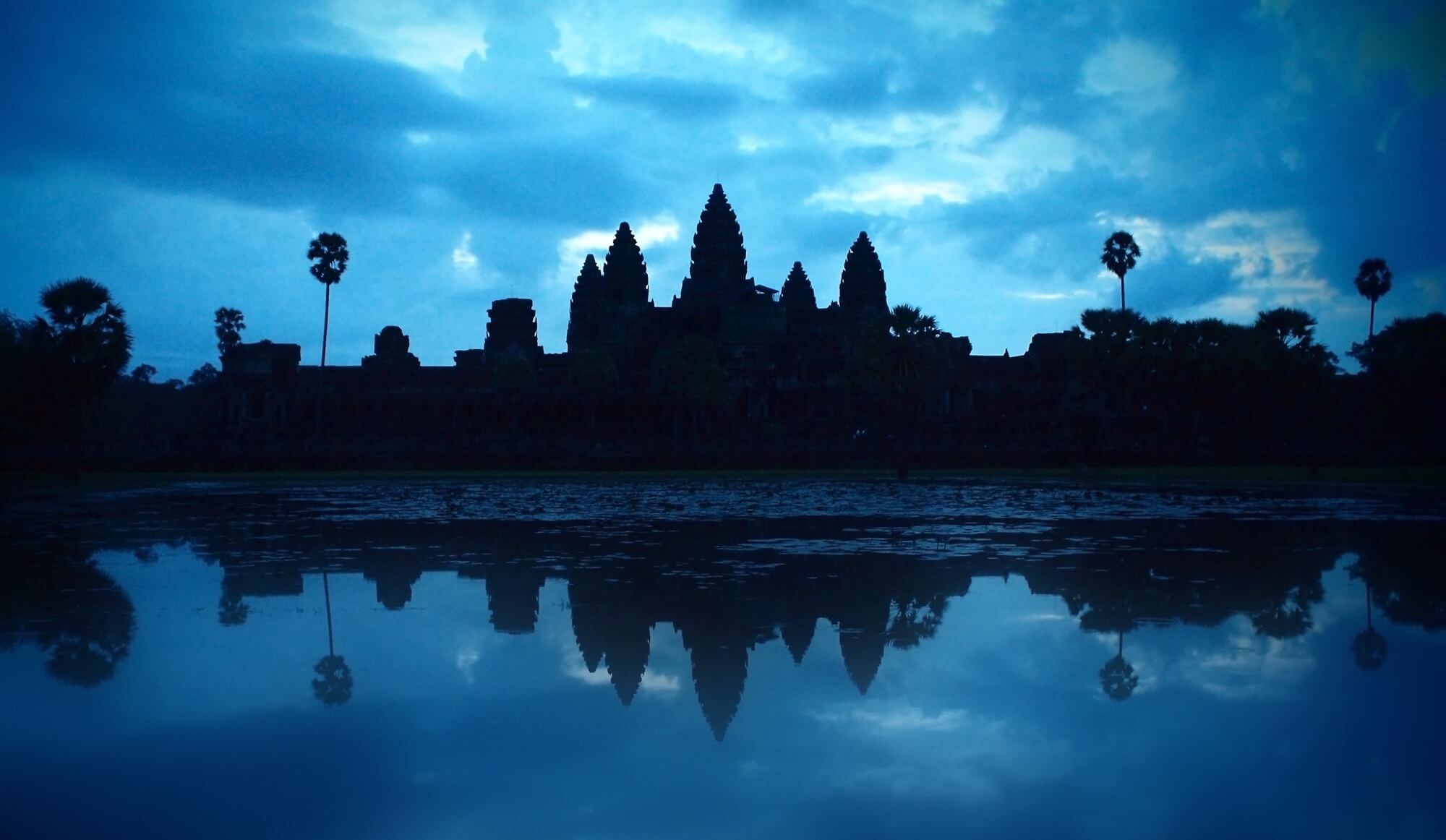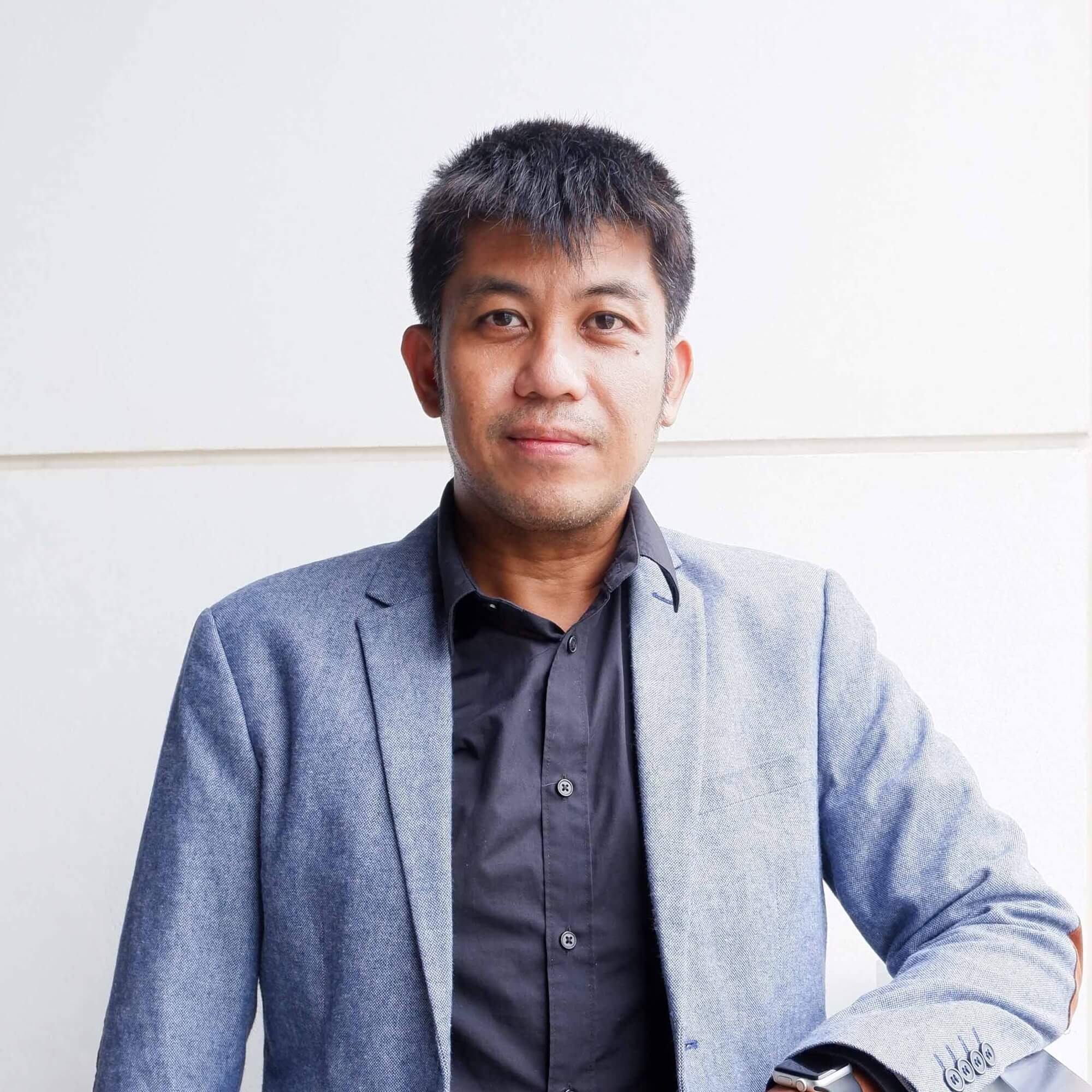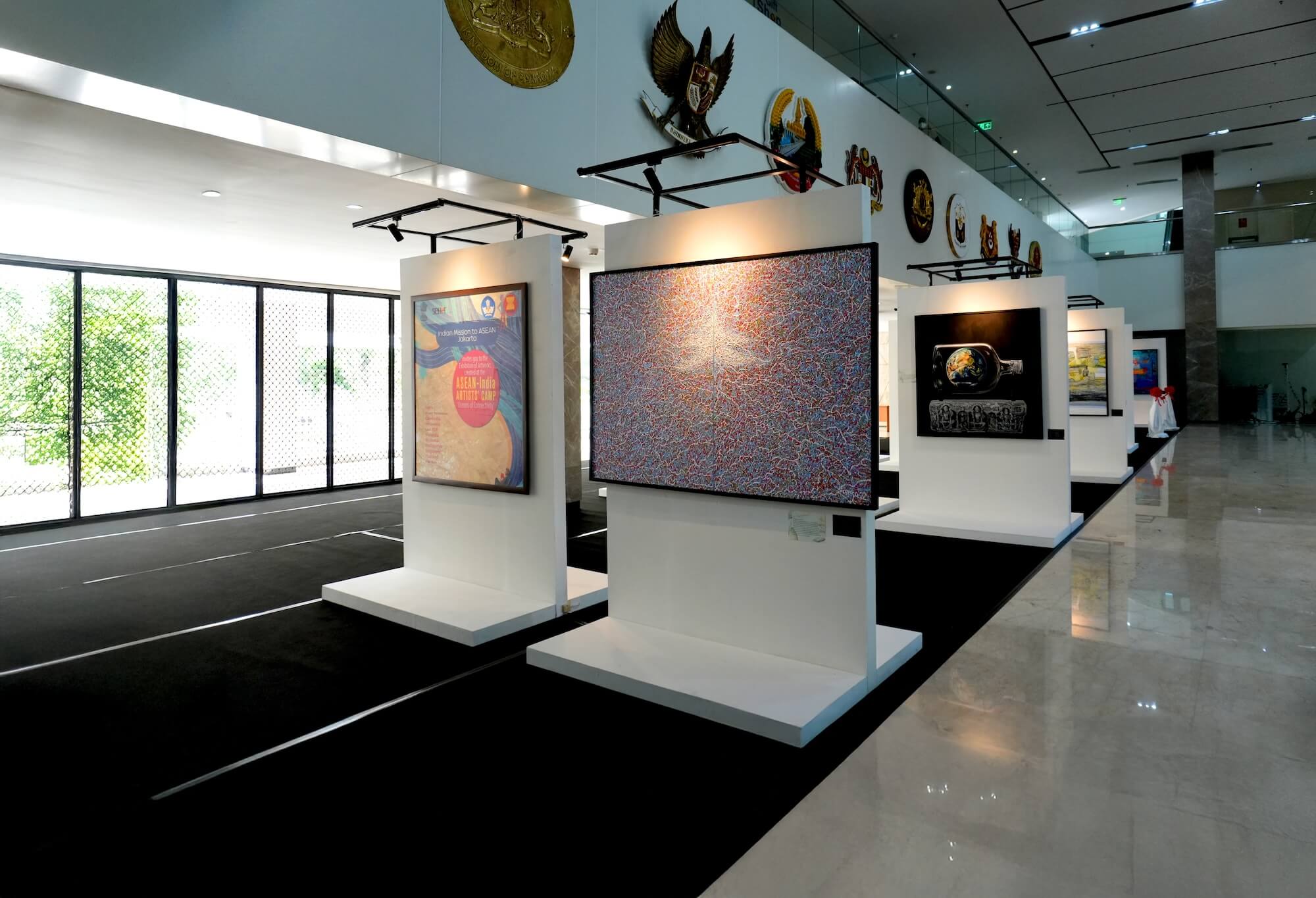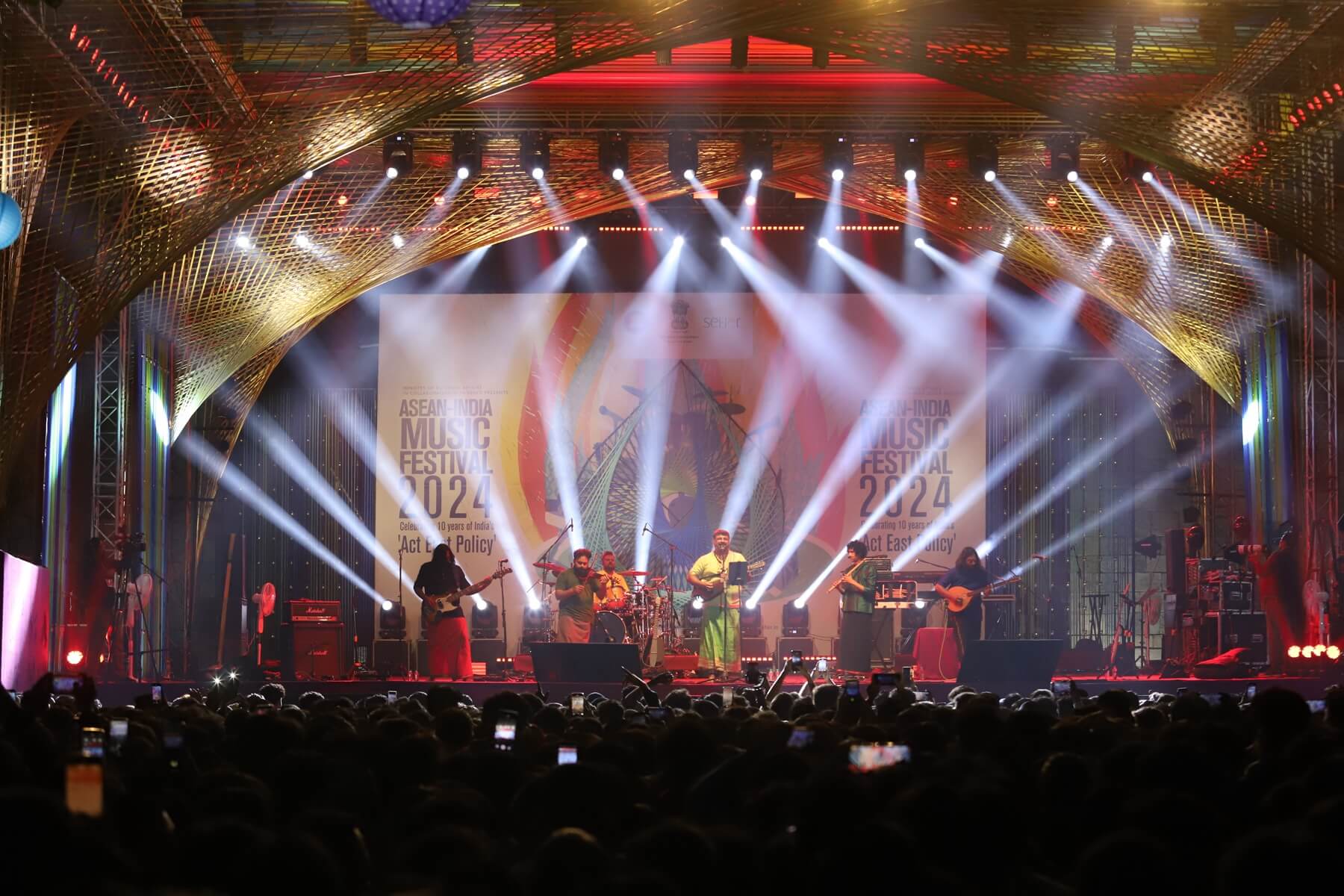




Southeast Asia, a region celebrated for its vibrant tapestry of cultures, languages, and histories, stands at the cusp of a significant cultural milestone. The proposal for the ASEAN Cultural Heritage List (ACHL) emerges from a recognition of the region’s unique cultural landscape and the need for its preservation. This article delves into the current discussions about the formulation of the ACHL, addresses key aspects of its formation, and summarises the ongoing discussions shaping its future.
The inception of the ASEAN Cultural Heritage List
Global lists like those maintained by the United Nations Education, Science and Culture Organisation (UNESCO), while monumental, often overlook the nuanced and region-specific aspects of cultural heritage. For example, while there are 1,199 World Heritage Sites around the world, Southeast Asia only accounts for 45 sites or just under 4 per cent. Considering that ASEAN countries are collectively the world’s third largest population, this makes the region under-represented in the premier list of heritage sites. This proportion is slightly better with intangible cultural heritage elements, which stand at just under 8 per cent.
The idea of the ACHL was born out of a need to address these regional disparities and foster a stronger ASEAN identity. One criticism of the UNESCO lists is its emphasis on “Outstanding Universal Value,” usually proposed by individual state parties, which can obscure equally significant but no less outstanding “Regional” values, represented by various forms of shared heritage found across the region. For example, Thailand and Cambodia have forms of masked dance drama listed in the Representative List of Intangible Cultural Heritage, even though they are two sides of the same coin.
The richness of the ASEAN region’s heritage is further exemplified by the widespread Hindu-Buddhist architectural influence, a testament to the ancient and enduring impact of Indic religions across Southeast Asia. This architectural heritage, dating back to the early centuries CE, not only signifies a shared historical narrative but also showcases unique local adaptations. While numerous sites like Angkor Wat, Borobudur, My Son Sanctuary, Bagan, Prambanan, and Ayutthaya have individually garnered recognition as UNESCO World Heritage Sites, their collective significance often remains underappreciated. The ACHL could play a pivotal role in unifying these sites under a regional heritage umbrella. This unification would not only acknowledge their individual beauty and historical value but also celebrate their contribution to a collective ASEAN narrative—one that intertwines Indic religious influences with local and regional adaptations, reflecting a complex tapestry of shared yet distinct cultural and historical identities.
The ACHL aims to fill the gaps left by global heritage lists and create a more inclusive and representative platform for ASEAN’s cultural heritage. The ASEAN region, with its rich heritage, requires a tailored approach to preservation, one that respects and promotes its diverse cultural expressions.
Preserving cultural diversity
The ACHL is envisioned as a mechanism to promote the region’s tangible and intangible heritage, through a platform that not only recognises but actively promotes the diverse cultural assets of ASEAN countries. This includes the rich agricultural heritage of the region, exemplified by the practice of rice terracing. While UNESCO has recognized specific instances, such as the Rice Terraces of the Philippine Cordilleras and the Subak system of Bali on the World Heritage List and Intangible Cultural Heritage List respectively, there is a broader regional narrative to be told. Countries like Viet Nam and Malaysia also share this practice, reflecting a common agricultural tradition across Southeast Asia. Recognising these rice terracing systems as part of the ACHL could serve as a way to promote sustainable agricultural practices, highlighting the interconnectedness of culture, environment, and sustainable development.
This recognition goes beyond mere preservation. It is about celebrating the region’s shared history and values, as echoed in the “Narrative of ASEAN Identity” from the 2020 ASEAN Summit. The ACHL by bringing these practices into the limelight, acknowledges their cultural significance and underscores their role in fostering a sustainable future. This initiative, therefore, is not just about preserving the past; it is about nurturing a sustainable and culturally rich future for ASEAN.
Primary considerations for inscribing cultural properties
Inscribing cultural properties and practices onto the ACHL necessitates a nuanced understanding of their regional value, authenticity, and representativeness. Take, for instance, the rich shadow puppetry tradition that spans Indonesia, Malaysia, Cambodia, and Thailand. This art form is particularly significant as it transcends the ocean barrier between Mainland and Island Southeast Asia, symbolising a cultural bridge within the region. Despite variations in style and performance, these countries share a common tradition in using puppets made from skins, showcasing a remarkable unity in craftsmanship.
More than just a form of entertainment, shadow puppetry plays an integral role in community life. It serves not only as a traditional mode of storytelling but also as a vibrant medium for transmitting knowledge and reflecting popular culture. The performances often centre around the Ramayana story, a common cultural thread that binds these diverse practices. This shared narrative, similar to the masked dances previously mentioned, demonstrates the profound cultural connection across these ASEAN countries.
These shared aspects of shadow puppetry, including its cross-regional reach, common material use, role in community engagement, and portrayal of shared mythological narratives, make it an exemplary candidate for consideration in the ACHL. It embodies the very essence of what the List seeks to preserve and promote: a heritage that is deeply rooted in regional traditions, yet resonant across diverse ASEAN communities.
A key focus in developing the ACHL has been to distinctly differentiate it from similar recognition systems, especially the UNESCO lists. Diverging from UNESCO’s emphasis on universal value, the ACHL is uniquely poised to prioritise regional value and identity. This shift represents a move towards a more ASEAN-centric view of cultural heritage, one that foregrounds regional cooperation and solidarity. To further this distinction, early discussions around the ACHL have proposed a bottom-up approach to heritage recognition. This involves including indigenous voices and perspectives at the forefront, ensuring that heritage is seen through the lens of those who live and preserve it daily.
Furthermore, there is a conscious effort to move away from the conventional divisions of heritage into tangible and intangible categories. Instead, the ACHL aims to recognise heritage in a more holistic manner, understanding that cultural expressions often transcend such bifurcations. This approach acknowledges the fluidity and interconnectedness of cultural elements, reflecting a more authentic representation of ASEAN’s cultural diversity.
An additional emphasis seen in the current discussions about the ACHL is the strong focus on sustainability— not just in the protection of cultural elements but also in their transmission to future generations. This approach ensures that heritage preservation is not just about safeguarding the past but is also about fostering a living, evolving cultural legacy. Through these considerations, the ACHL aspires to create a cultural heritage framework that is inclusive, dynamic, and reflective of the ASEAN region’s unique cultural landscape.
Ongoing discussions and future progress
The journey towards conceptualising the ACHL reached a significant milestone with the inaugural Experts Meeting held on 16th August 2023, supported by the Indian Mission to ASEAN. This foundational meeting set the stage for the ACHL, identifying key challenges and opportunities. Among the primary challenges discussed was establishing a robust, shared definition of cultural heritage within ASEAN, integrating both tangible and intangible aspects. The discussions also highlighted the need for a balanced approach to heritage conservation. This involves not just the preservation of cultural sites but also the fostering of sustainable development within the region. The emphasis was on creating a system that supports both the protection and the ongoing, living transmission of cultural heritage.
At the time of writing, the feasibility of the ACHL is still in its early stages. With only one experts’ meeting completed so far and a second meeting imminent, there is a sense of anticipation and forward momentum. Further discussions are planned, with at least one more experts’ meeting on the horizon, along with a session involving a working group. These upcoming meetings aim to refine and build upon the ideas and frameworks presented thus far.
The road ahead for the ACHL is filled with opportunities and challenges. As the discussions continue and the List evolves, it holds the promise to safeguard cultural heritage and unite the ASEAN Community more closely. The journey towards realising the ACHL is as exciting as it is necessary, offering a chance to showcase the ASEAN region’s rich cultural tapestry to the world and celebrate the unique cultural narratives that bind the ASEAN countries together.
Note: A study on the feasibility of the ACHL is underway, with support from the government of India through the ASEAN-India Fund.
The views and opinions expressed in this article are solely those of the author and do not reflect the official policy or position of ASEAN.








